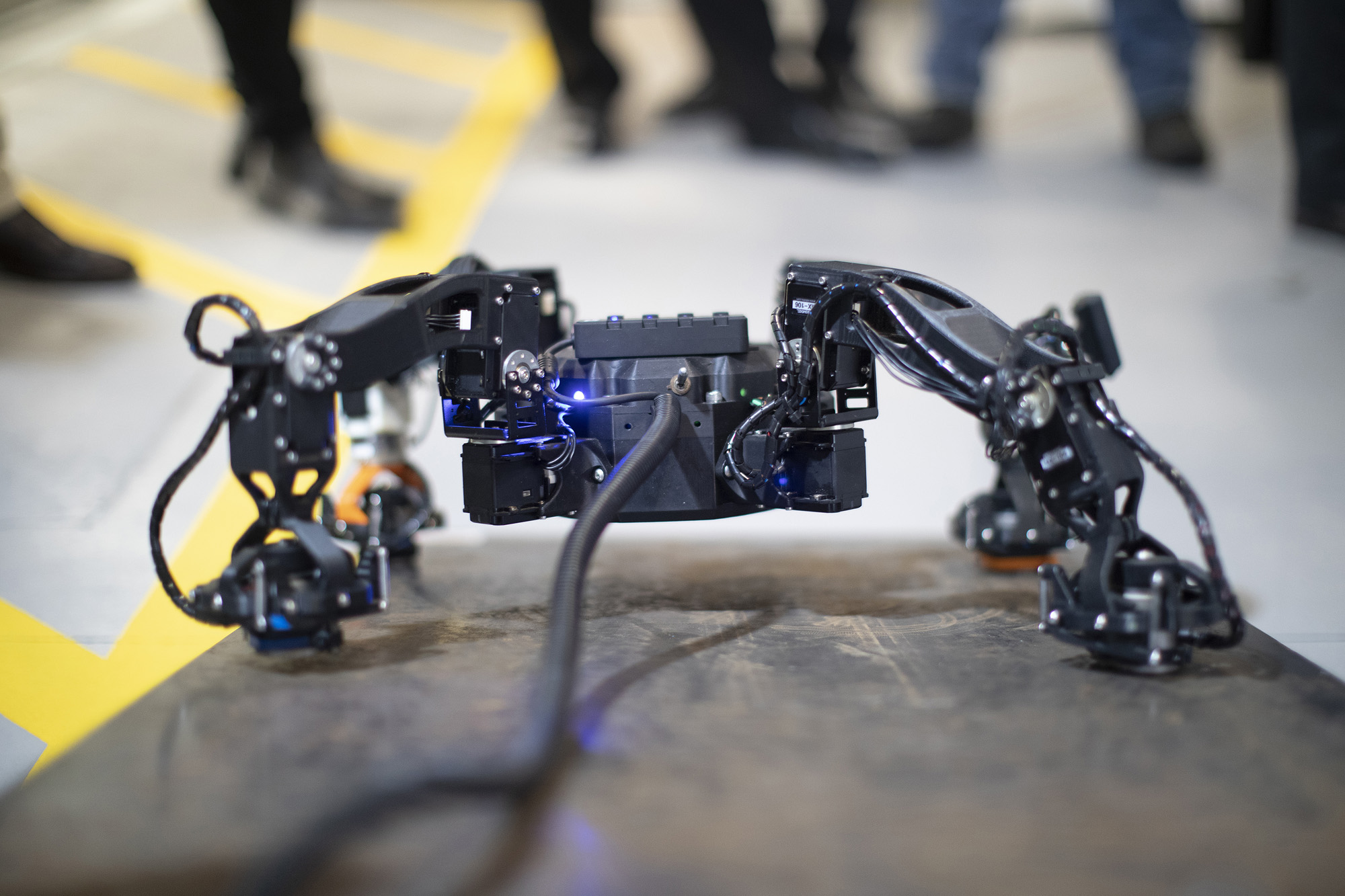Engage Executives Early to Assist the Implementation of Robots

There’s no doubt that robotic solutions will eventually dominate many industrial tasks that are currently carried out by humans. Agile robots offer multiple advantages, from data collection and processing to inspection tasks in hazardous areas – and they can traverse anywhere on a site that people can.
Far from replacing the human workforce, deploying technology to carry out more mundane activities frees people to work on the important responsibilities of problem solving and areas that require the personal touch.
Yet the field of robotics is still in its infancy – albeit advancing at breakneck speed. One commonplace issue to embracing advancement is resistance from above. In other words, a hesitancy at executive level to build automation into the future model. Key stakeholders are the ones who unlock the key resources necessary for a business model to move forward: access, capacity and – crucially – budgets.
Game-changing automation doesn’t come about by chance. It requires collaborative working within an organisation that stretches across the board, from the technical team to executive level. The following determines the essential elements necessary to make a viable case to the board.
1. Determine Opportunities
Agile robots represent limitless opportunities. From carrying out boring, repetitive tasks to a security asset, through to remote inspection tools or a sensor transportation for edge computing, their targeted use can have revolutionary positive repercussions.
The first step is to identify the areas in which a mobile robot can add value. There are likely to be multiple, so once determined this should be translated into cold hard data. This means mapping out both direct and indirect ROI that robotic deployment will have for each. While the direct numbers (AKA savings) might seem more important at first, it’s often true that indirect advantages have more of an impact, due to their long term impact.
Once these numbers have been crunched, it becomes easier to home in on those that will be most advantageous to the organisation.
2. Build Your Case
It’s important to remember that you’re going to be speaking to those that hold the purse strings, they’re wholly interested in the value that robots are going to bring to the company. This makes it essential that you whittle down your ideas gathered in step one and focus on what can realistically be achieved.
So what should your case contain?
It’s vital that this provides quantifiable measures that you can present. This should be summary that directly informs about the use of the robotic asset, as well as the direct and indirect ROI that it will bring. But more than that, this needs to be backed up with data that tests and proves the advantages and savings you propose, as well as how you’ve measured the success and how long it will take before the company sees results.
This step shouldn’t be rushed and should be carried out by a dedicated team who have what it takes to run the project – from concept right through to deployment. Doing so presents not only the advantages and cost implications of implementing agile robots, but the confidence at executive level that the move will be achieved as promised.
3. Pitch to the Board
As a technical professional, you know and understand the value that mobile robots will bring. The people that you need to convince aren’t likely to have the same technical background that you do, therefore when pitching it’s essential for clear explanation and defined monetary values.
Making a good case should get personal. This means taking on board the company priorities, initiatives and goals. Does your organisation need to improve operational efficiencies, increase revenue or action a shift that reduces an operational budget? Don’t forget to address safety initiatives – especially relevant in hazardous environments, such as mining and the oil & gas industry.
Have a clear roadmap that defines from innovation through to implementation and, very importantly, how long it will take for the company to begin to benefit from the change. Be prepared for questions, including the curve balls, and ensure that your pitch is carried out by those who are best up to the task.
Agile robotics and the associated technology are set to change the landscape of industry over the coming decades. Innovation is already offering novel solutions, and no equipment provider does this better than Nexxis, with their value-driven blueprint that helps organisations overcome complex challenges with bespoke measures.
Discover more about our full range of robotic inspection equipment or contact us today for a no-obligation chat.
